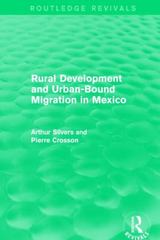Question
Two firms compete to provide a service using predictions from their machine learning systems. Demand for the product is confined to a fixed number of
Two firms compete to provide a service using predictions from their machine learning systems. Demand for the product is confined to a fixed number of users, all of whom buy as long as they receive an offer, V-P, of at least zero. Total surplus created per transaction is equal to $500 minus (the firm's prediction error-rate) * (cost of an error), or S = 500 - p*y where p is the error rate (distinguishing from P which is price) and y is the cost of an error. Error rates are a function of the experience a firm has had; the more experience, x, the lower the error. In particular, suppose p = 200/x^2 and y = 10,000. If Firm A has xA = 100 and Firm B has xB = 70.72, then
A has a competitive advantage of about 100
A has a competitive advantage of about 200
B has a competitive advantage of about 50
B has a competitive advantage of about 100
Neither firm has a competitive advantage
Step by Step Solution
There are 3 Steps involved in it
Step: 1

Get Instant Access to Expert-Tailored Solutions
See step-by-step solutions with expert insights and AI powered tools for academic success
Step: 2

Step: 3

Ace Your Homework with AI
Get the answers you need in no time with our AI-driven, step-by-step assistance
Get Started


